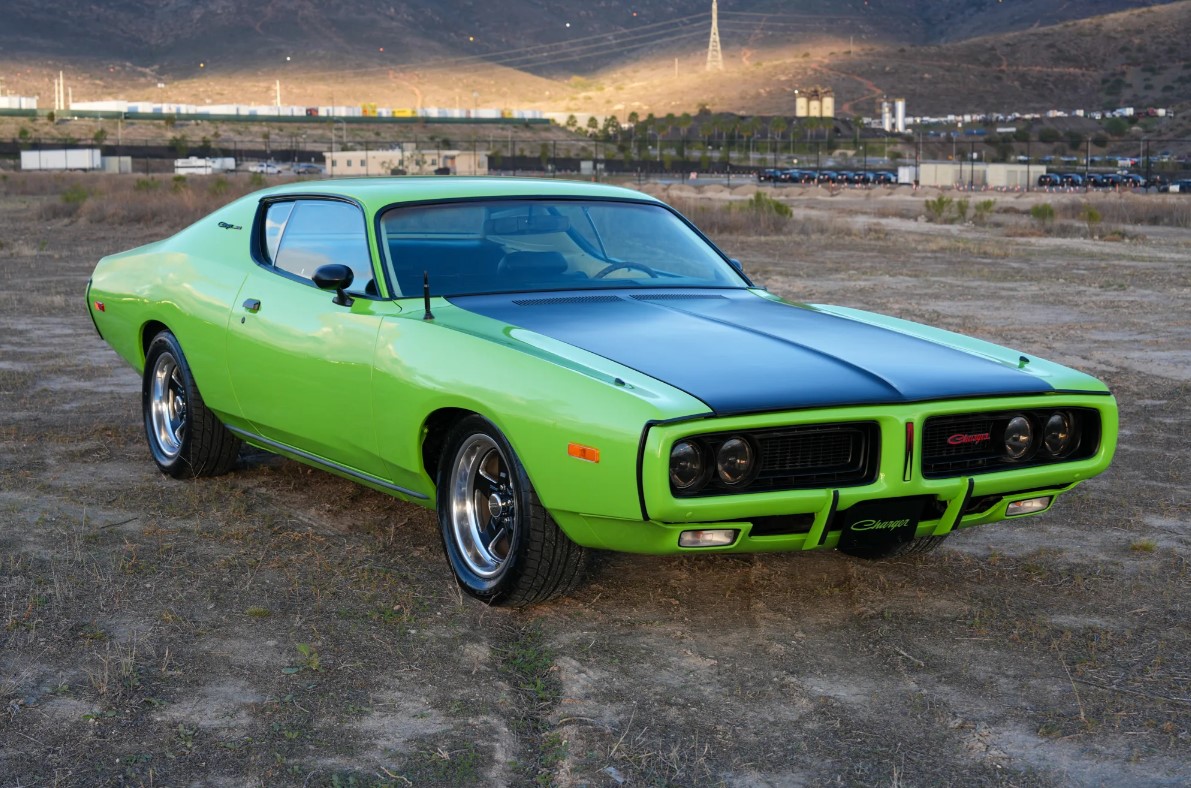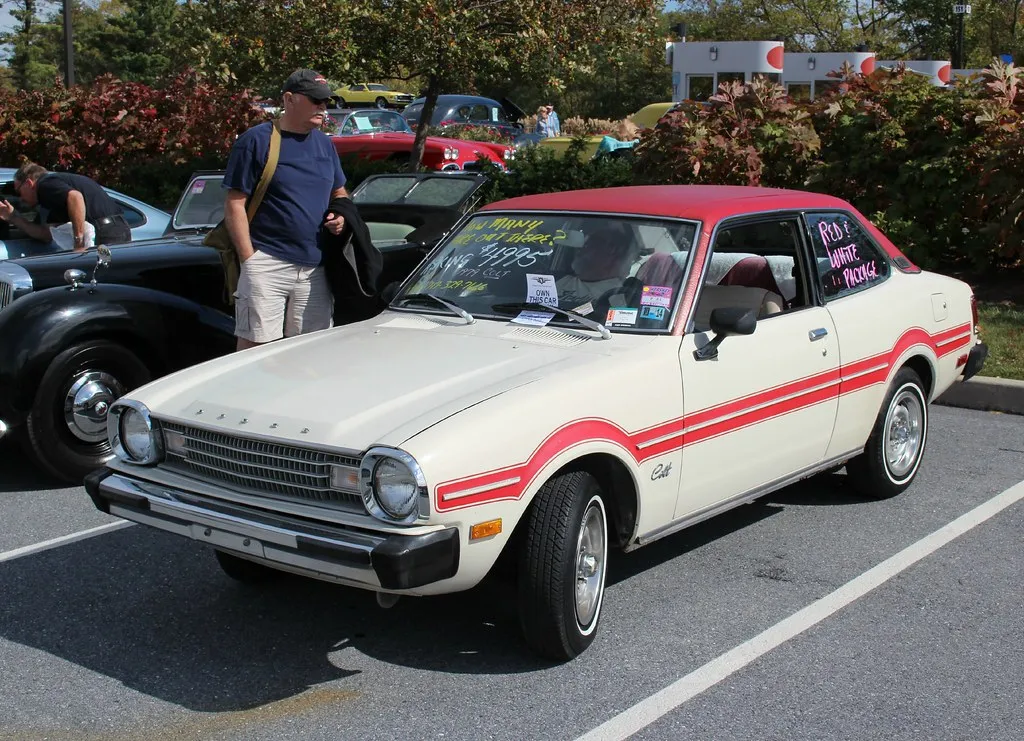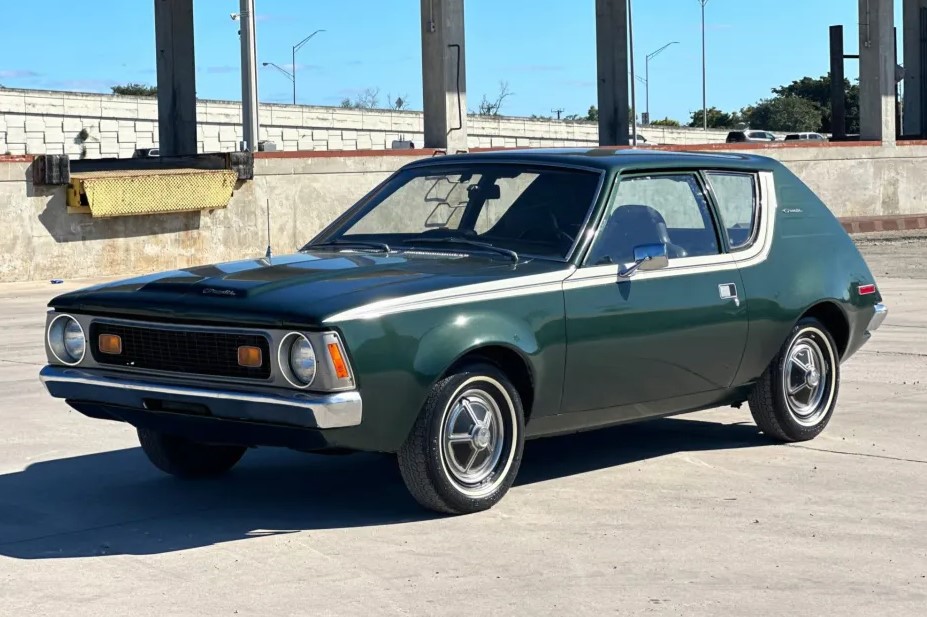The Renault 4, affectionately known as the "4L," is a classic French car that left an indelible mark on the automotive world. Introduced in 1961, the Renault 4 was designed to be a practical, versatile, and affordable family car. Over its production span of three decades, it became a beloved and iconic vehicle, earning a place in the hearts of millions of drivers around the world. In this comprehensive exploration, we will delve deep into the origins, design, features, performance, cultural impact, and lasting legacy of the Renault 4.
A Revolutionary Concept
The Renault 4 was conceived as a response to the changing needs of the post-war European market. The 1950s and 1960s saw a shift in consumer preferences towards practical and versatile vehicles that could cater to families and individuals alike. Renault recognized this trend and set out to create a car that could blend urban mobility with rural utility—a vehicle that could traverse a variety of terrains while providing comfort and practicality.
The result was the Renault 4, a front-wheel-drive hatchback with a unique design that combined the features of a compact car with the practicality of an estate wagon. The car's innovative design featured a hatchback rear end, removable seats, and a flat floor, making it incredibly versatile for a range of uses.
Ingenious Design and Versatility
One of the defining features of the Renault 4's design was its adaptability. The car's modular seating arrangement allowed for various configurations, from transporting passengers to carrying larger items by folding down the seats. This versatility was enhanced by the flat floor, which facilitated easy loading and unloading.
The Renault 4's hatchback design was not only innovative but also practical. The rear hatch opened to reveal a spacious cargo area, making it suitable for urban commutes, family trips, and even light commercial use. This adaptability endeared the car to a diverse range of consumers, from urban dwellers to farmers, who appreciated the car's ability to cater to their specific needs.
Engineering Brilliance
-1692158650.jpg)
Under the hood, the Renault 4 featured a range of engine options, including a 603cc inline-four engine and a later 845cc engine. These engines were renowned for their reliability and fuel efficiency, aligning with the car's utilitarian ethos. The car's front-wheel-drive layout contributed to its stable and predictable handling, making it a favorite among drivers seeking a practical yet engaging driving experience.
The car's suspension system also played a crucial role in its performance. The suspension design, known as the "Suspension à Hélices," allowed for a comfortable ride on both smooth roads and rough terrain. This suspension setup, coupled with the car's sturdy construction, contributed to its ability to tackle diverse road conditions with ease.
Cultural Impact and Enduring Legacy
The Renault 4's impact extended far beyond its engineering and design. The car became woven into the fabric of European culture, embodying the spirit of practicality and adaptability that defined an era. As the European middle class expanded and sought affordable and versatile transportation, the Renault 4 emerged as a popular choice that resonated with the values of the time.
The car's endearing qualities also made it a fixture in cinema, advertising campaigns, and popular culture. Its appearances in films and television shows, as well as its association with iconic figures and events, solidified its status as a cultural icon.
Global Reach
While the Renault 4 was undoubtedly a European success story, its impact extended to other parts of the world as well. The car's design, reliability, and affordability made it a popular choice in various international markets. The Renault 4's adaptable nature made it suitable for a range of conditions, from bustling cities to remote villages. Its global reach not only spoke to its universal appeal but also its ability to cater to the needs of diverse communities.
Nostalgia and Collector's Item
Today, the Renault 4 holds a special place in the hearts of collectors, enthusiasts, and those nostalgic for a bygone era. The car's timeless design and enduring charm evoke feelings of nostalgia, transporting individuals back to a simpler time when practicality and utility were prized virtues.
The Renault 4 has also gained a reputation as a collector's item. Vintage models are sought after by those who appreciate the car's historical significance and its representation of a specific era in automotive history. Restorations, modifications, and preservation efforts are carried out by enthusiasts and clubs dedicated to keeping the legacy of the Renault 4 alive.
Innovation Ahead of Its Time
The Renault 4 was ahead of its time in many ways. Its design anticipated the rise of compact cars and hatchbacks, which have become staples of modern automotive design. The concept of adaptability, modular seating, and versatile cargo space has influenced the design of numerous vehicles across different segments. The Renault 4's blend of functionality and style remains relevant and inspiring, even in the context of contemporary automotive design.
In Conclusion: A Lasting Legacy
The 1967 Renault 4 antique stands as a remarkable testament to the brilliance of automotive design and the enduring impact of a vehicle that catered to the practical needs of consumers while captivating their hearts. Its ingenuity, versatility, and cultural significance make it a cherished relic of a bygone era—a time when simplicity, utility, and innovation converged to create a timeless automotive icon. The Renault 4 antique is not just a car; it's a symbol of an era, a representation of a philosophy, and a reminder that some designs are truly timeless, leaving a legacy that continues to be celebrated and appreciated by enthusiasts and admirers around the world.


